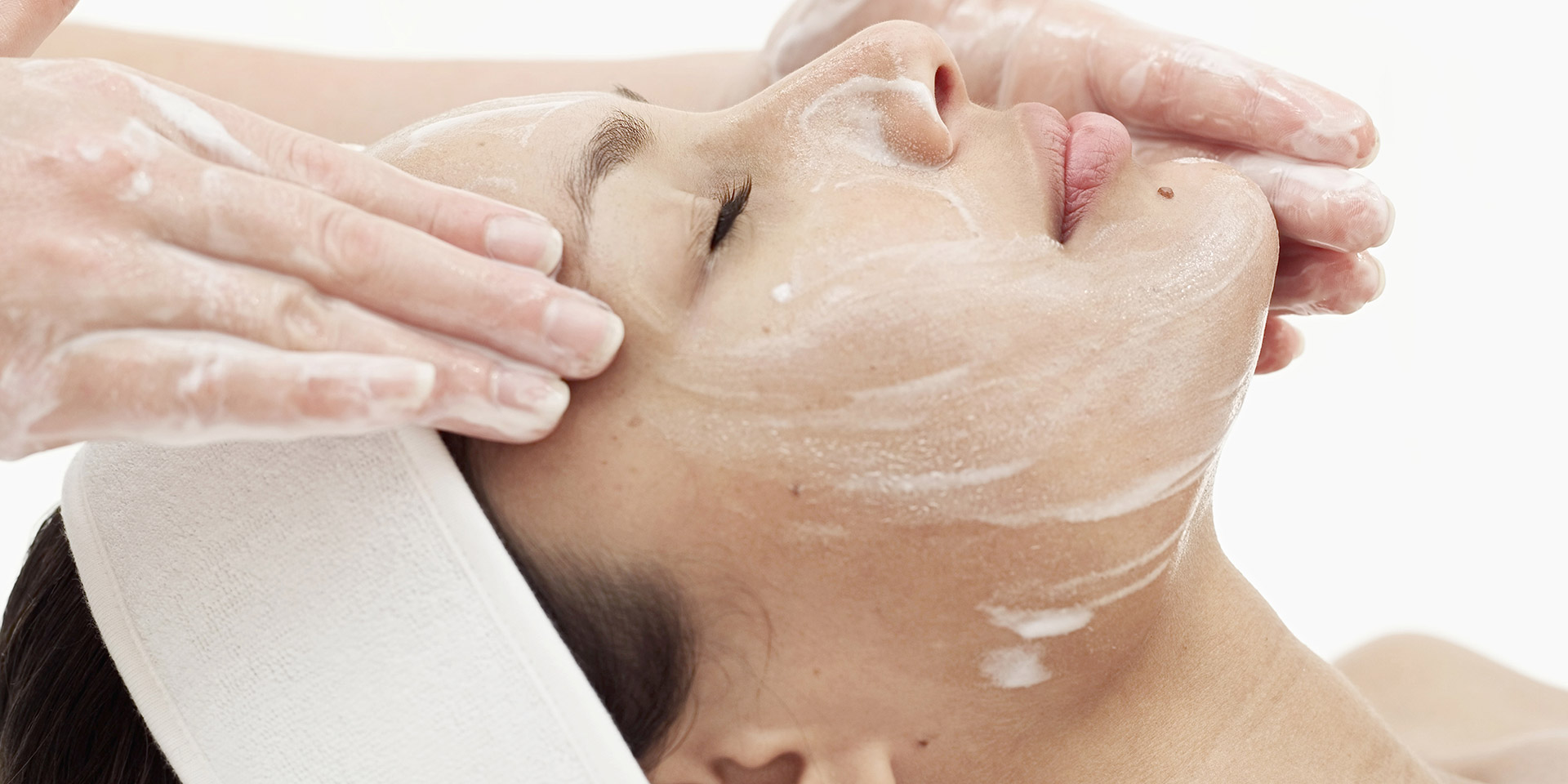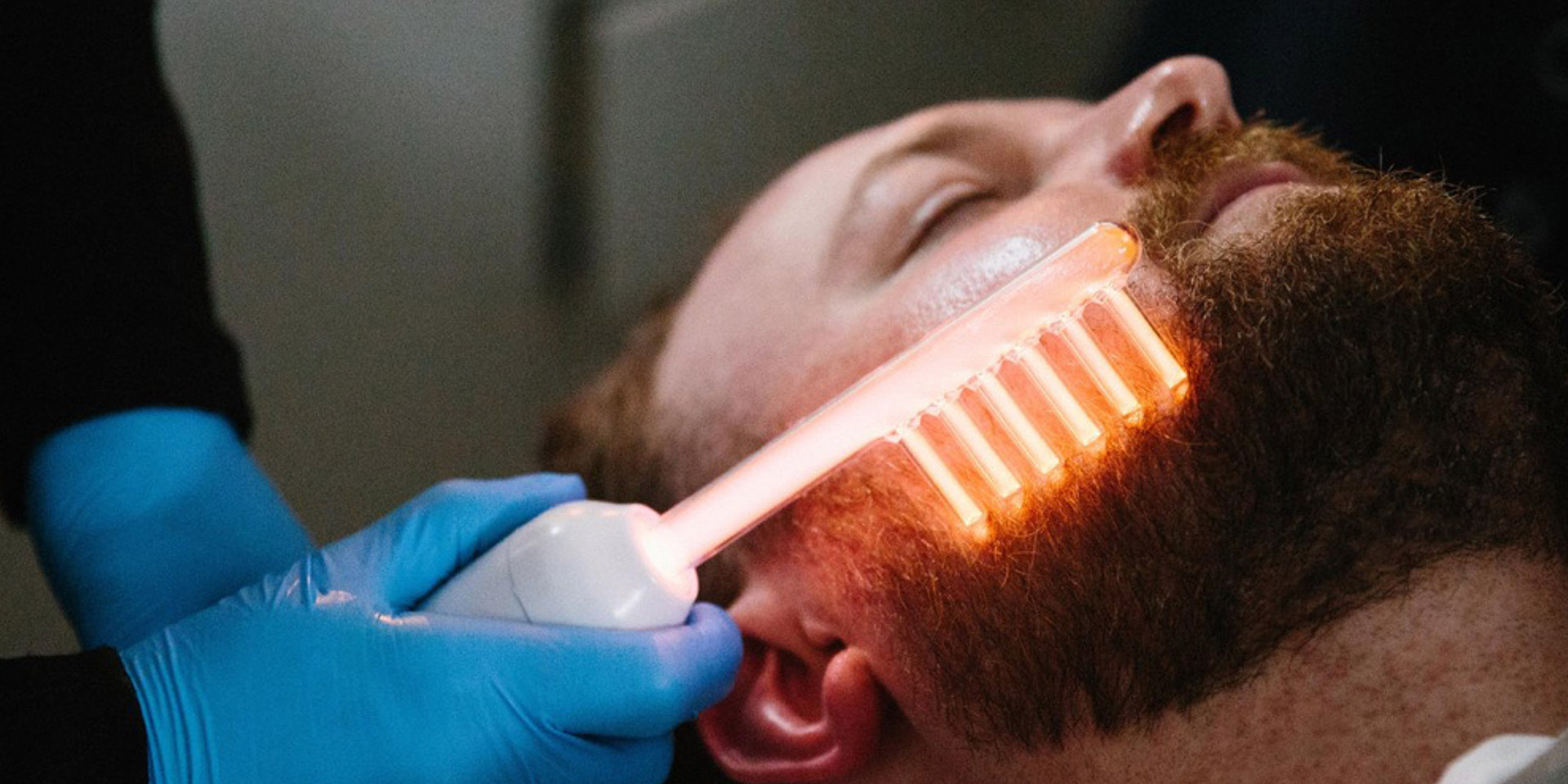Medical Grade Facials
Our skincare treatments are customized for each client, focusing on results-oriented and corrective treatments that use only the highest quality skincareproducts. All skincare services are tailored to address your specific skin typeand concerns, including anti-aging, pigmentation, or acne issues.



Aria Red Carpet Facial
A relaxing facial performed by our medical aestheticians introducing a double cleanse, exfoliation, facial mask, custom skin care products, manual extractions, red light therapy and a facial massage. This is for our more sensitive clients or those who prefer a more natural nonmedical treatment. Although still addressing areas of hyperpigmentation, hydration, finer lines and overall texture, our Aria red carpet facial gives you a glamorous glow for any event or everyday.
60 Minutes.
Glass Skin Facial
The ultimate relaxing treatment for skin resurfacing and a deep clean through a combination of Dermaplaning, double cleanse, facial massage, LED light therapy and a customized mask combination to get you that GLOW. Specific products and procedure protocols are designed and discussed with the client, It is our concern as medical skincare professionals to educate our clients in all treatment plans and ensure that a full understanding of attainable client goals are supported and realistically achieved.
60-70 Minutes.
Gentleman’s Facial
Specifically designed for all men wanting to take care of their skin & beard. Revitalizing and Purifying Facial for Men This facial is specifically crafted to meet the unique needs of men’s skin, targeting issues such as sensitivity, dry patches, dullness, clogged pores, and ingrown hairs.
It also features our innovative High Frequency Hair Comb , which delivers micro-electric massage stimulation to the beard, eliminates bacteria, boosts hair follicle vitality, and encourages hair growth.
60 Minutes.
Teen Facial (17yrs old or younger with Parental Consent)
Designed specifically for the unique needs of teenage skin, our Teen Facial helps manage and prevent breakouts, reduce oiliness, and calm inflammation. This gentle yet effective 45-minute treatment includes a thorough skin analysis, deep cleansing, exfoliation, extractions (if needed), and a soothing mask to balance and nourish the skin.
Our licensed medical aestheticians use professional-grade, non-comedogenic products appropriate for younger, more sensitive skin types. Whether your teen is dealing with acne, blackheads, or simply wants to establish a healthy skincare routine, this facial provides education and care in a comfortable, supportive environment.
45-60 Minutes
